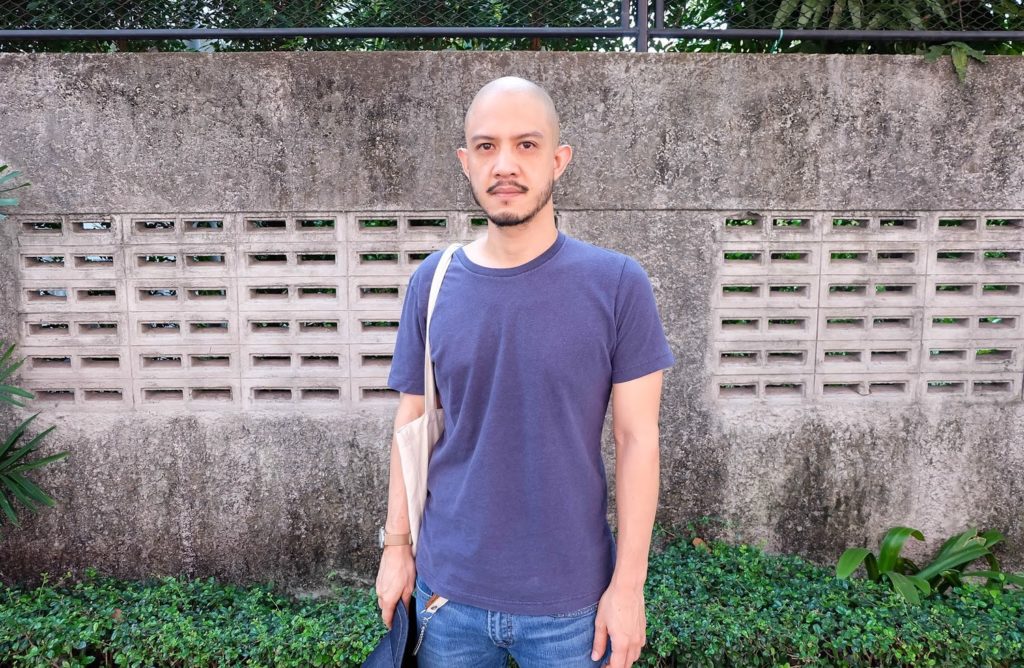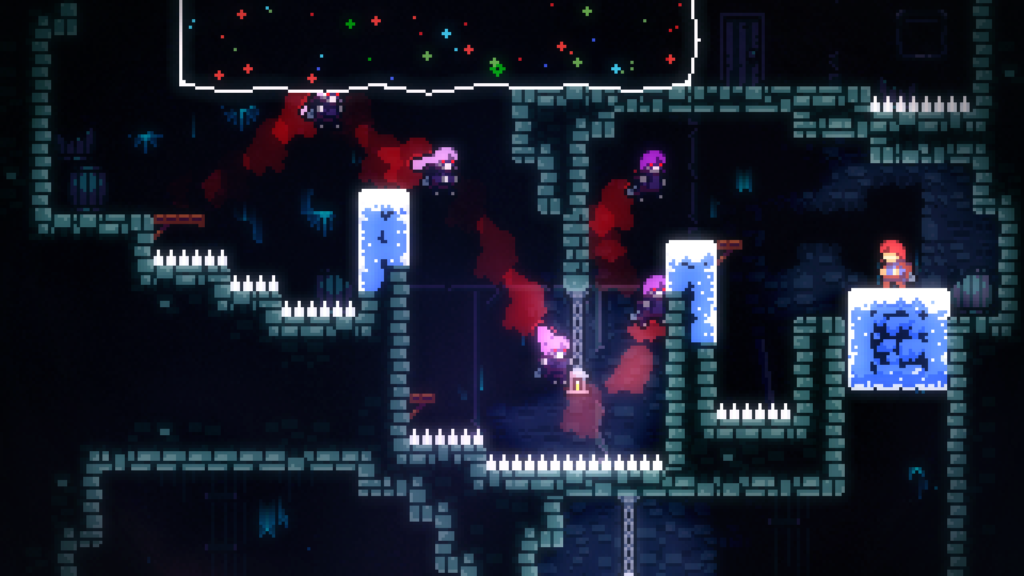I’ve wanted to read the work of the Thai short story writer and filmmaker Prabda Yoon for a while now, and with The Sad Part Was—his 2002 collection, which was translated into English by Mui Poopoksakul and released by Tilted Axis Press in 2017—I’ve finally delved in. The stories are marvelous: witty and at times irreverent looks at life in contemporary Bangkok that are also unafraid to ask the big questions concerning what constitutes the human capacity for good and evil. They’re formally innovative, too. The first story, “Pen in Parentheses,” uses the parenthetical to an almost Woolf-like effect, while “Miss Space” ends with a note that its final sentence isn’t a conclusion but rather “a waiting period that doesn’t yet have a thought to succeed it.” By the end, I wanted more—and luckily, it looks like Tilted Axis has recently published another collection of Yoon’s stories. —Rhian Sasseen
Brave the crowds and visit the Metropolitan Museum of Art before February 24 to see “Jewelry: The Body Transformed.” While I may have spent part of the time projecting myself into a Sandra Bullock heist fantasy, the curation and the beauty of each object quickly drew my full attention. The first room is my favorite—tall glass cases are interspersed throughout the space in a grid formation. The first row holds adornments for the feet and lower legs; the second, those of the waist; the third, items for the neck and shoulders, and so on. Critically, each piece is also displayed at the height at which it might appear on the body. The jewelry, at the proper angle, comes together to gesture toward an invisible human properly decked out. The effect is at first subtle—at least, I hadn’t noticed until I overheard a woman pointing it out to a friend. If you’re able to visit the museum during off-peak hours, the effect might be more striking, but I did find a certain magic in the way the Sunday crowd shifted, how it gave way to a clear view for only a second or two. Human bodies pass through and around where the bejeweled bodies should be, but somehow, more than disrupt, the viewers lend the absences more reality and liveliness. The movement allows the curation to continually surprise, somehow, even if you’re told of its intent. —Spencer Quong
I suppose this shouldn’t come as a surprise, but Celeste, a video game about climbing a mountain, is roughly akin to climbing a mountain. The experience is both breathtaking and backbreaking; each foothold feels impossibly far, then closer, closer still, until you’ve finally grasped it—but by that point, you’re already looking toward the next impossible goal. Celeste falls into a category known, for lack of a better term, as “masocore”: games with a persnickety adherence to rules that punish the player and force them, through trial and error, to adapt. But there’s nothing masochistic about playing Celeste. Despite the difficulty, I found it incredibly soothing. I would gnaw on a chapter just before bed each night, completing dozens of pixel-perfect jumps and dying hundreds of times before reaching the end of the level—but reaching the end no less. Beyond the brilliant, precise mechanics of scaling the mountain, though, is the story, a tale of a young woman named Madeline confronting her anxiety. She’s not sure why she’s drawn to the titular Celeste Mountain, but she feels she must reach its summit. Along the way, Madeline tries—and fails—to rid herself of her mental health concerns, which are personified as a purple goth doppelgänger who tells her at every turn that she isn’t good enough, strong enough, anything enough to keep going. Madeline learns to work not against but with her anxiety—a tough lesson but one that helps her complete her ascent. Climbing a mountain is difficult. Playing Celeste is difficult. But so is living, just living, especially with a mental illness. The world swims with dangers, real and imagined. The synths bleed, crest like waves. You die and die again. But ultimately, somehow, you live. —Brian Ransom
Emily Skaja’s poetry debut, Brute, is an unflinching exploration of gender, violence, and recovery. She tells the story of a destructive relationship, and the grief in its dissolution, through a voice that craves logic in survival. But Brute quickly becomes a preoccupation with memory: dissecting it, accounting for it, and attempting to assemble the pieces of oneself confused in conflict. In “Aubade With Boundaries,” Skaja writes, “I was saying I’m sorry / but my mouth was obsessed with the word precedent.” Later, she observes: “Now I’ve learned to say remember like memory is not / the axis on which the world shifts / & interplanetary garbage is not, like, just drifting.” Many of the poems are epistolary—addressed to friends, anonymous initials, and even Skaja herself—and these conversations seem to seek a way of talking out, or through, an unspeakable thing. Within the pain of Skaja’s poetry is an unrelenting force, a brutish will to survive that bursts forth with every stanza, announcing her resilience. Whether you ration a poem each day or devour the collection whole, Brute shouts its presence and haunts long after it’s finished. —Nikki Shaner-Bradford
I’ve been thinking about Steepletop, Edna St. Vincent Millay’s house in Austerlitz, New York—not because I’ve been there but because I haven’t. I had been meaning to go all year but delayed and delayed until last weekend, when I checked the website to discover that it’s locked up for the season. Frustrated by my own idleness, I sat down to console myself by grumbling over a copy of A Few Figs from Thistles. The one on my shelf is really splendid, an inexpensive early edition with thin, hard, blue-paper-covered boards. It opens with “First Fig,” which everyone knows but everyone loves, and so without too much fear of boring with the familiar, I’ll reproduce it whole: “My candle burns at both ends; / It will not last the night; / But ah, my foes, and oh, my friends— / It gives a lovely light!” There was some noise during the summer that Steepletop was in danger of closing. I hope not. If Steepletop does close, it’ll be the fault of people like me, who forever intend to visit but forever don’t. —Robin Jones
from The Paris Review http://bit.ly/2HO50XI



Comments
Post a Comment